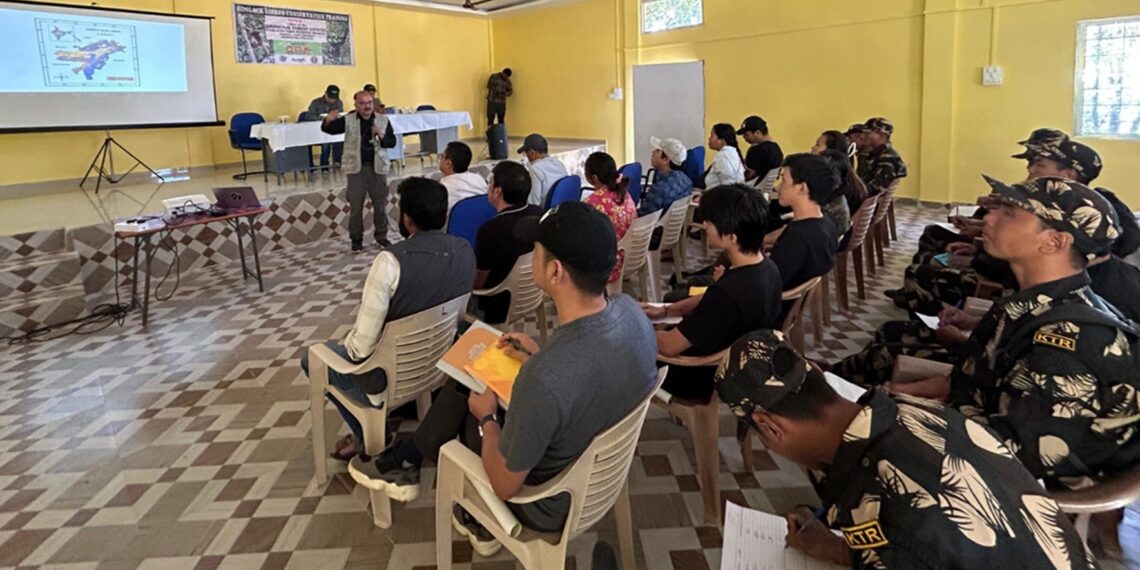GUWAHATI: In a bid to encourage conservation of endangered Hoolock gibbons in the lush green forests of Arunachal Pradesh, a training workshop was held at the interpretation centre of the Kamlang Tiger Reserve in Wakro, Lohit district of the state, recently.
Organised by Aaranyak, a research-driven biodiversity conservation organisation, in collaboration with the tiger reserve authority, the insightful workshop saw the participation of 52 individuals from the tiger reserve and Rajiv Gandhi University, Itanagar.
The two-day workshop, supported by the Arcus Foundation, aimed to equip forest staff with knowledge for the conservation of the endangered Hoolock gibbon (Hoolock hoolock), the only ape species found in India.
The inaugural ceremony was graced by Divisional Forest Officer and Director of Kamlang Tiger Reserve, Jumdo Geyi.
In his address at the do, Geyi urged participants to engage wholeheartedly in the training sessions and stressed on the importance of learning from experts to implement effective conservation strategies in the field.
Leading the first session of the workshop, Senior Primatologist Dr Dilip Chetry, Head of Aaranyak’s Primate Research and Conservation Division, shed light on the threats the species face, and the conservation measures required.
Dr Chetry also advocated for considering Hoolock gibbon as a flagship species for biodiversity conservation in the region.
Ranger Officer of Kamlang Tiger Reserve, Bunty Tao, addressed practical challenges in the field, focusing on the utilisation of GPS technology
The participants got hands-on training on GPS technology on the first day, while, on the second day, they did field practice of the learned techniques, including the recording of gibbon calls.
The Hoolock gibbon is currently classified as endangered and is native to the seven states of Northeast, primarily residing along the south bank of the Brahmaputra-Dibang River system.
Kamlang Tiger Reserve, sprawling across 783 sq.km, stands as a potential habitat for this charismatic species.
The training concluded with the distribution of study materials, Hoolock gibbon posters, and QGIS software.















